

Articles
Why Use A Plumb Bob
Modified: March 1, 2024
Discover the benefits of using a plumb bob in our informative articles. Explore various techniques, tips, and tools to ensure accurate plumbing installations.
(Many of the links in this article redirect to a specific reviewed product. Your purchase of these products through affiliate links helps to generate commission for Storables.com, at no extra cost. Learn more)
Introduction
In the world of construction and carpentry, achieving accuracy and precision is of utmost importance. Whether you’re building a structure from scratch or making intricate adjustments to an existing one, ensuring that everything is perfectly level and plumb is crucial. This is where a tool known as a plumb bob comes into play.
A plumb bob is a simple yet indispensable tool used for determining verticality or alignment with gravity. It consists of a weight, usually made of metal or brass, attached to a string or line. When the plumb bob is suspended, the weight aligns itself with the force of gravity, providing a vertical reference line.
In this article, we will delve into the importance of using a plumb bob in various construction and home improvement projects. We will explore its practical applications, different types available, advantages, and common mistakes to avoid.
So, whether you’re a professional carpenter, an enthusiastic DIYer, or simply curious about the world of construction, keep reading to discover why a plumb bob is a valuable tool to have in your arsenal.
Key Takeaways:
- The plumb bob is an essential tool for achieving precise vertical alignment, ensuring structural integrity, and delivering high-quality workmanship in construction and home improvement projects.
- By using a plumb bob, builders can save time and money, avoid costly mistakes, and achieve accurate measurements, contributing to efficient and successful construction and renovation projects.
Read more: Why Plumb Bob A Putt
What is a Plumb Bob?
A plumb bob is a simple yet powerful tool that has been used for centuries to ensure vertical alignment. It consists of a weight, known as the bob, attached to a string or line. The plumb bob is typically made of metal or brass, but variations can be found with other materials such as stone or plastic.
The weight is designed to be heavy enough to create a straight and accurate vertical line, yet light enough to be easily maneuvered. The string or line is attached to the top of the weight, allowing it to hang freely.
When the plumb bob is suspended from a fixed point, such as a ceiling or pole, it aligns itself with the force of gravity. The weight settles in a straight line vertically, creating a reference line that is parallel to the string.
The plumb bob is widely used in various fields, including construction, carpentry, masonry, and plumbing. It is an essential tool for tasks that require precise vertical alignment, such as setting posts, aligning walls, checking for level floors or ceilings, and ensuring accurate measurements.
Plumb bobs come in various sizes and weights to accommodate different projects and requirements. The length of the string can also be adjusted depending on the desired reach. Some plumb bobs have additional features, such as a built-in level or a laser pointer, to enhance accuracy and ease of use.
Overall, a plumb bob is a reliable and effective tool that provides a visual reference for vertical alignment, making it an invaluable asset in a wide range of construction and renovation projects.
Importance of Using a Plumb Bob
The use of a plumb bob holds significant importance in the field of construction and home improvement. It serves as a trusted tool for ensuring precision, accuracy, and vertical alignment in various projects. Let’s explore some key reasons why using a plumb bob is essential:
- Vertical Alignment: One of the primary purposes of a plumb bob is to establish vertical alignment. When constructing a new structure or making adjustments to an existing one, it is crucial to ensure that walls, posts, and other elements are perfectly vertical. The plumb bob provides a visual reference point that enables builders and carpenters to achieve this alignment effortlessly.
- Leveling: In addition to vertical alignment, a plumb bob can be used to determine if a surface, such as a floor or ceiling, is level. By observing the position of the plumb bob line in relation to a fixed point, builders can easily identify any slopes or deviations that may exist.
- Precision Measurements: When it comes to precise measurements, a plumb bob can be an invaluable tool. By extending the string or line of the plumb bob, builders can measure distances accurately, ensuring that components are spaced evenly and aligned perfectly.
- Foundation and Structural Integrity: Proper vertical alignment plays a crucial role in the overall stability and integrity of a structure. By using a plumb bob during the construction process, builders can ensure that foundations are solid and that walls and beams are properly aligned, preventing potential structural issues in the future.
- Time and Cost Efficiency: Utilizing a plumb bob can contribute to increased efficiency during construction projects. By achieving accurate vertical alignment from the start, builders can minimize the need for expensive corrections or alterations later on, saving both time and money.
Overall, the use of a plumb bob is of utmost importance for professionals in the construction industry and homeowners undertaking renovation projects. It provides a reliable and tangible method for establishing vertical alignment, ensuring precision, and maintaining structural integrity. Embracing the use of a plumb bob is a testament to a commitment to quality workmanship and attention to detail.
How to Use a Plumb Bob
Using a plumb bob may seem straightforward, but to ensure accurate results, it’s essential to follow proper techniques. Here is a step-by-step guide on how to use a plumb bob effectively:
- Choose a Suitable Location: Start by selecting a stable and fixed point from which to hang the plumb bob. This could be a ceiling joist, a high point on a wall, or a secure pole.
- Attach the Plumb Bob: Make sure to securely attach the string or line to the top of the plumb bob weight. Ensure that the attachment is strong enough to hold the weight firmly in place.
- Suspend the Plumb Bob: Hold the plumb bob by the string or line and gently release it, allowing it to hang freely. Avoid touching or nudging the weight, as this can disrupt its alignment with gravity.
- Observe the Vertical Line: Once the plumb bob settles, observe the vertical line it forms. Align it with the surface or point you want to check or mark. Pay attention to the position of the line in relation to other elements, such as walls, posts, or reference marks.
- Make Adjustments as Necessary: If the line deviates from the desired alignment or level, you may need to make adjustments. This could involve repositioning the plumb bob, adjusting the string length, or making corrections to the surface or structure being checked.
- Take Measurements: If you need to measure distances or ensure proper spacing, extend the string or line of the plumb bob to the desired measurement point. Use a ruler or tape measure to record the precise distance, ensuring accuracy in your project.
Remember, using a plumb bob requires patience and attentiveness. Take your time, observe carefully, and make any necessary adjustments to achieve the desired accuracy and alignment. Practice using the plumb bob in different scenarios to enhance your skills and confidence with this valuable tool.
By following these steps and developing a good understanding of the principles behind a plumb bob’s operation, you will be able to make the most of this tool and achieve outstanding results in your construction and renovation projects.
When using a plumb bob, make sure it is hanging freely and not touching anything to ensure accurate vertical alignment.
Different Types of Plumb Bobs
Plumb bobs come in various shapes, sizes, and materials to suit different needs and preferences. Here are some common types of plumb bobs that you may come across:
- Traditional Brass Plumb Bob: This is the classic and widely recognized type of plumb bob. It features a weight made of solid brass, which provides durability and stability. Traditional brass plumb bobs are known for their accuracy and are commonly used in professional construction settings.
- Steel Plumb Bob: As the name suggests, this type of plumb bob features a weight made of steel. Steel plumb bobs are highly robust and resistant to wear and tear. They are often used in heavy-duty construction projects where extra durability is required.
- Wooden Plumb Bob: Wooden plumb bobs are less common but still have their place in certain applications. They are typically made from hardwood, such as oak or walnut, and offer a unique aesthetic appeal. Wooden plumb bobs are lightweight and are mainly used for lighter construction work or decorative purposes.
- Bob with Built-in Level: Some plumb bobs come with an integrated bubble level. This additional feature allows for simultaneous vertical alignment and a quick check of the horizontal level. Plumb bob levels are useful for tasks that require precise alignment in both directions.
- Laser Plumb Bob: Laser plumb bobs are advanced tools that utilize laser technology to project a vertical line onto a surface. They offer a hands-free approach to achieving vertical alignment. Laser plumb bobs are especially handy for larger construction projects or situations where accuracy and efficiency are paramount.
When choosing a plumb bob, consider your specific needs, the nature of your project, and your personal preferences. Select a plumb bob that suits the task at hand and provides the accuracy and durability you require. It’s also essential to ensure that the string or line attached to the plumb bob is of high-quality and can withstand the weight without stretching or breaking.
By having a variety of plumb bobs at your disposal, you can adapt to different situations and ensure that your vertical alignment needs are reliably met in any construction or renovation project.
Read more: How To Use A Plumb Bob
Advantages of Using a Plumb Bob
Using a plumb bob in construction and home improvement projects offers numerous benefits that contribute to accurate and efficient work. Let’s explore the advantages of using a plumb bob:
- Precision: Plumb bobs provide a reliable and visual reference for achieving precise vertical alignment. They enable builders, carpenters, and DIYers to ensure that walls, posts, and other elements are perfectly plumb, resulting in a structurally sound and aesthetically pleasing finished product.
- Accuracy in Measurements: Plumb bobs can be used to take measurements with exceptional accuracy. By extending the string or line, they allow for precise spacing and alignment, ensuring that components are evenly spaced and properly positioned. This accuracy leads to better overall results in construction and renovation projects.
- Easy to Use: Plumb bobs are simple and easy to use, making them accessible to both professionals and DIY enthusiasts. With minimal training or experience required, anyone can quickly learn how to utilize a plumb bob effectively. This tool is a practical choice for individuals of all skill levels.
- Cost and Time Efficiency: By using a plumb bob, builders can save time and money by avoiding costly mistakes and rework. The accurate vertical alignment provided by a plumb bob reduces the need for adjustments and corrections, ensuring that the project progresses smoothly and efficiently.
- Versatility: Plumb bobs can be used in a wide range of construction tasks, from setting posts to aligning walls, checking for level floors or ceilings, and verifying the verticality of door or window frames. Their versatility makes them an excellent tool for various applications, ensuring consistent results.
- Reliability: Plumb bobs have been used for centuries and have a proven track record of reliability. They continue to be trusted by professionals in the construction industry for their accuracy and ease of use. Adding a plumb bob to your toolkit means embracing a tool that has stood the test of time.
Overall, the advantages of using a plumb bob cannot be overstated. From precise vertical alignment to accurate measurements and cost efficiency, this versatile tool offers a range of benefits that contribute to high-quality construction work and successful home improvement projects.
Common Mistakes to Avoid When Using a Plumb Bob
While a plumb bob is a relatively simple tool to use, there are some common mistakes that people can make. Avoiding these mistakes will help ensure accurate results and a successful outcome in your construction or renovation project. Here are some common mistakes to watch out for:
- Inaccurate Attachments: Improperly attaching the string or line to the plumb bob can lead to inaccurate readings. Ensure that the attachment is secure and that the weight is properly aligned with the string, allowing for a straight vertical line.
- External Forces: Be mindful of any external factors that can affect the plumb bob’s alignment, such as wind or vibrations. These factors can cause the plumb bob to sway or deviate from its true vertical position, resulting in inaccurate measurements.
- Surface Conditions: Plumb bobs require a solid and stable surface to provide accurate results. Avoid using a plumb bob on surfaces that are uneven, bumpy, or prone to movement. Such conditions can compromise the accuracy of the vertical alignment.
- Not Double-Checking: Always double-check your measurements and alignments. While plumb bobs are reliable tools, human error can still occur. Taking the time to verify your readings against multiple reference points will help ensure accuracy and consistency.
- Poor Lighting: Proper lighting is crucial when using a plumb bob. In low light conditions or shadows, it can be challenging to accurately observe the alignment of the plumb bob line. Make sure you have adequate lighting or use additional equipment, such as a flashlight, if necessary.
- Inadequate String Length: Using a string that is too short may limit the reach of the plumb bob, making it difficult to measure longer distances or work in high-ceilinged spaces. Ensure that the string used is of sufficient length to accommodate your project’s needs.
- Ignoring Calibration: Plumb bobs need to be properly calibrated to ensure accurate results. Over time, the weight or string may become worn or stretched, affecting the plumb bob’s performance. Regularly check and adjust the calibration of your plumb bob to maintain accuracy.
By being aware of these common mistakes and taking precautions to avoid them, you can maximize the effectiveness of your plumb bob and achieve precise vertical alignment in your construction and renovation projects.
Conclusion
In conclusion, the plumb bob is a fundamental tool that plays a crucial role in ensuring accuracy and precision in construction and home improvement projects. By providing a vertical reference line, the plumb bob allows builders and carpenters to achieve precise alignment, level surfaces, and accurate measurements.
Throughout history, the plumb bob has proven to be a reliable and versatile tool. Its simplicity and ease of use make it accessible to professionals and DIY enthusiasts alike. Whether you’re setting posts, aligning walls, checking for level floors or ceilings, or verifying the verticality of structures, the plumb bob is an indispensable tool in your arsenal.
From traditional brass plumb bobs to laser plumb bobs with advanced features, there are various options available to suit different needs and preferences. Choosing the right plumb bob for the task at hand ensures accurate results and saves time and money by minimizing errors and unnecessary adjustments.
While using a plumb bob, it’s important to avoid common mistakes such as inaccurate attachments, external forces, and poor lighting conditions. Taking the time to carefully observe, double-check measurements, and maintain proper calibration will help ensure reliable and consistent results.
In summary, incorporating a plumb bob into your construction toolkit provides a tangible and effective method for achieving precise vertical alignment, ensuring structural integrity, and delivering high-quality workmanship. Embrace the use of a plumb bob in your projects, and you will experience the benefits of its accuracy and simplicity firsthand.
So, whether you’re a professional builder or an enthusiastic DIYer, consider adding a plumb bob to your arsenal of tools. It’s an investment that will contribute to the success and excellence of your construction and renovation endeavors.
Frequently Asked Questions about Why Use A Plumb Bob
Was this page helpful?
At Storables.com, we guarantee accurate and reliable information. Our content, validated by Expert Board Contributors, is crafted following stringent Editorial Policies. We're committed to providing you with well-researched, expert-backed insights for all your informational needs.
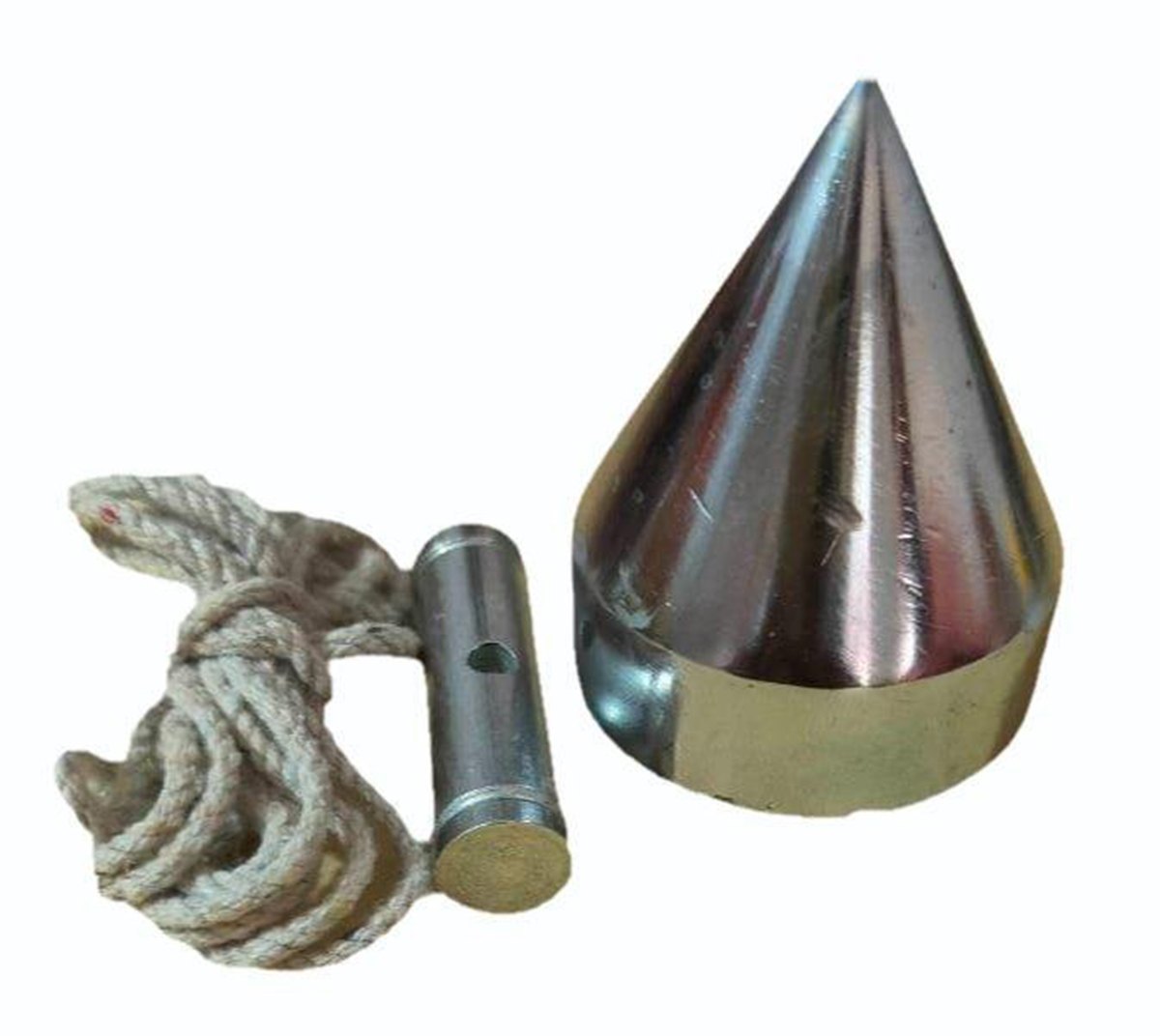
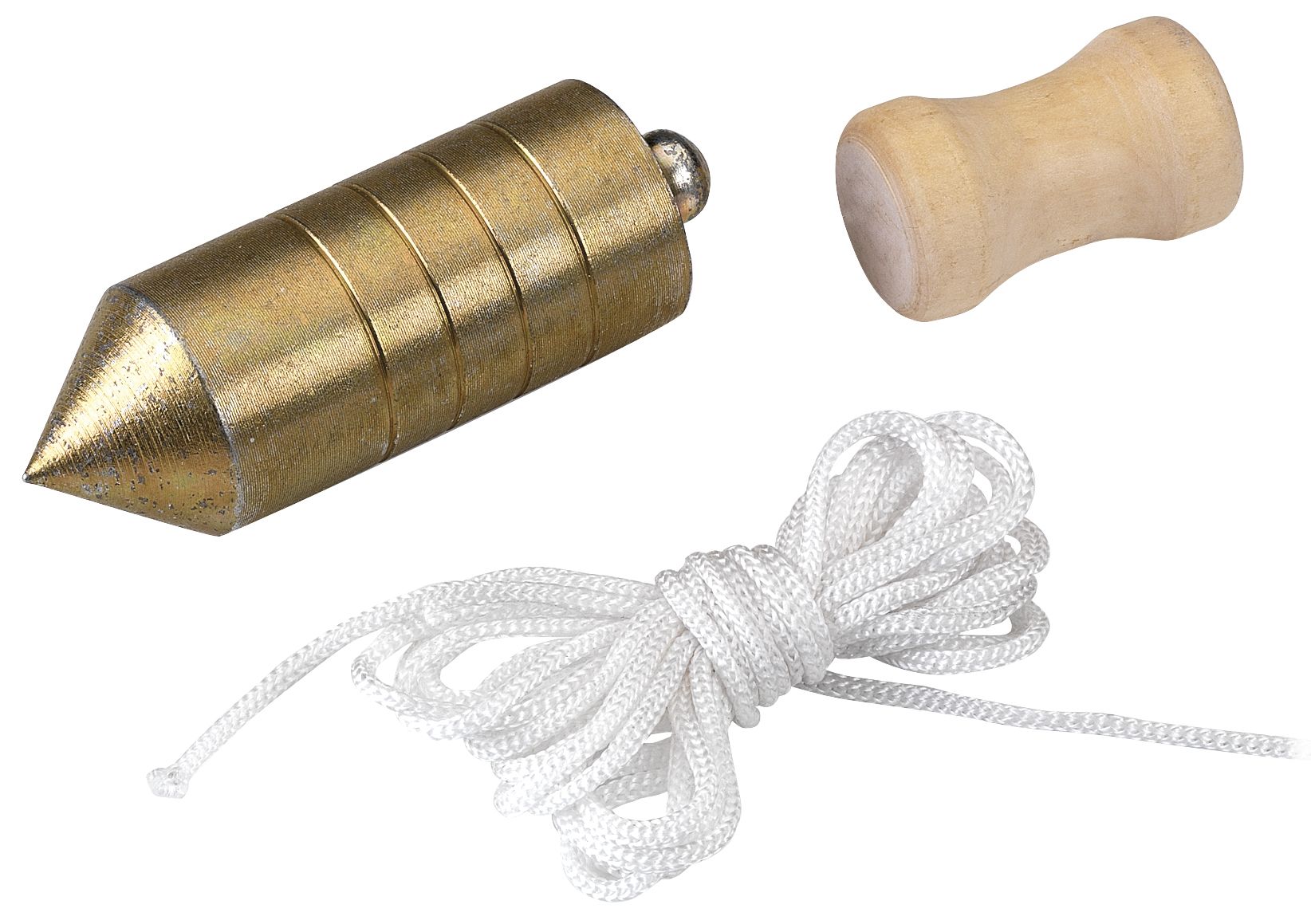
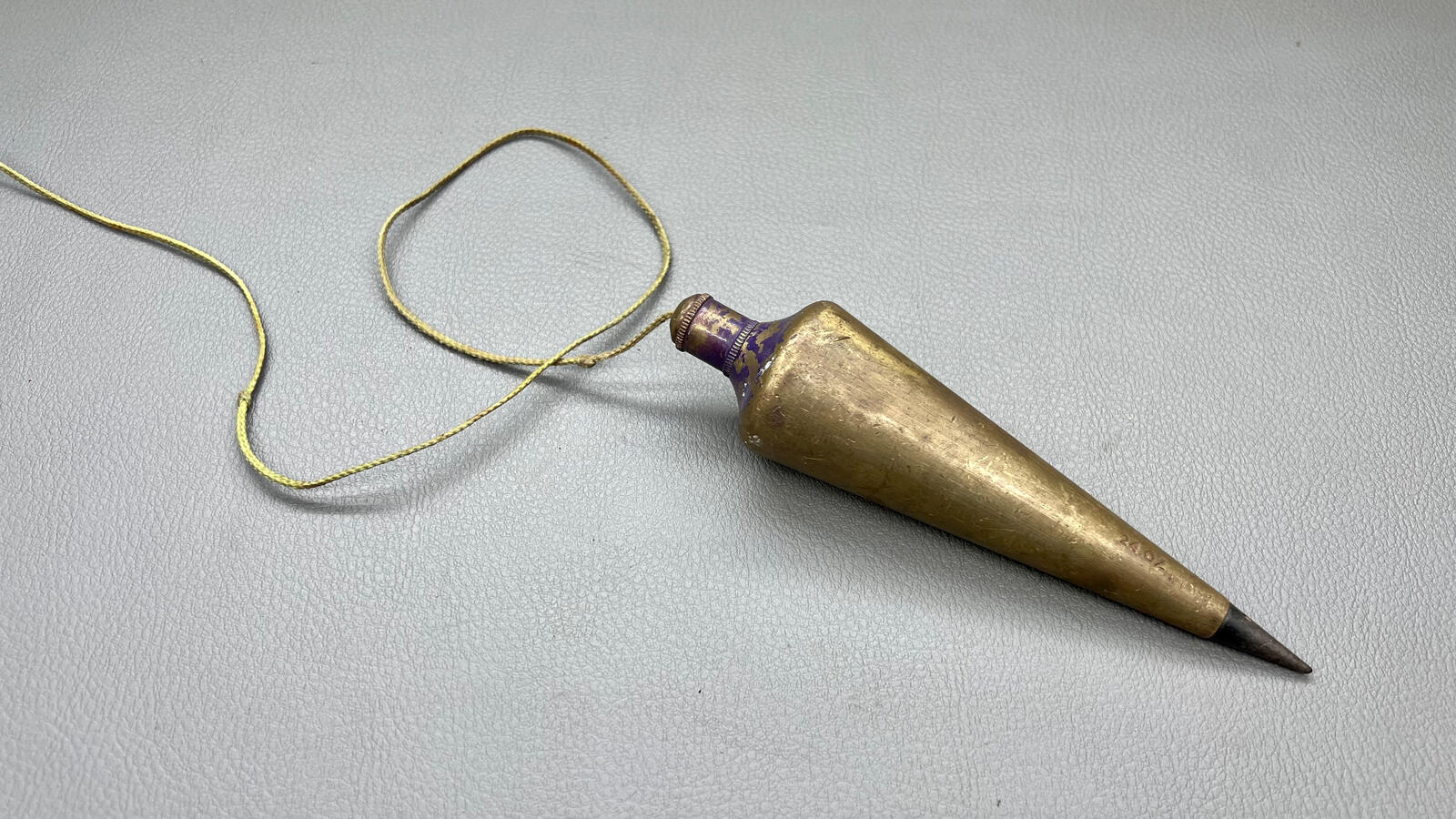
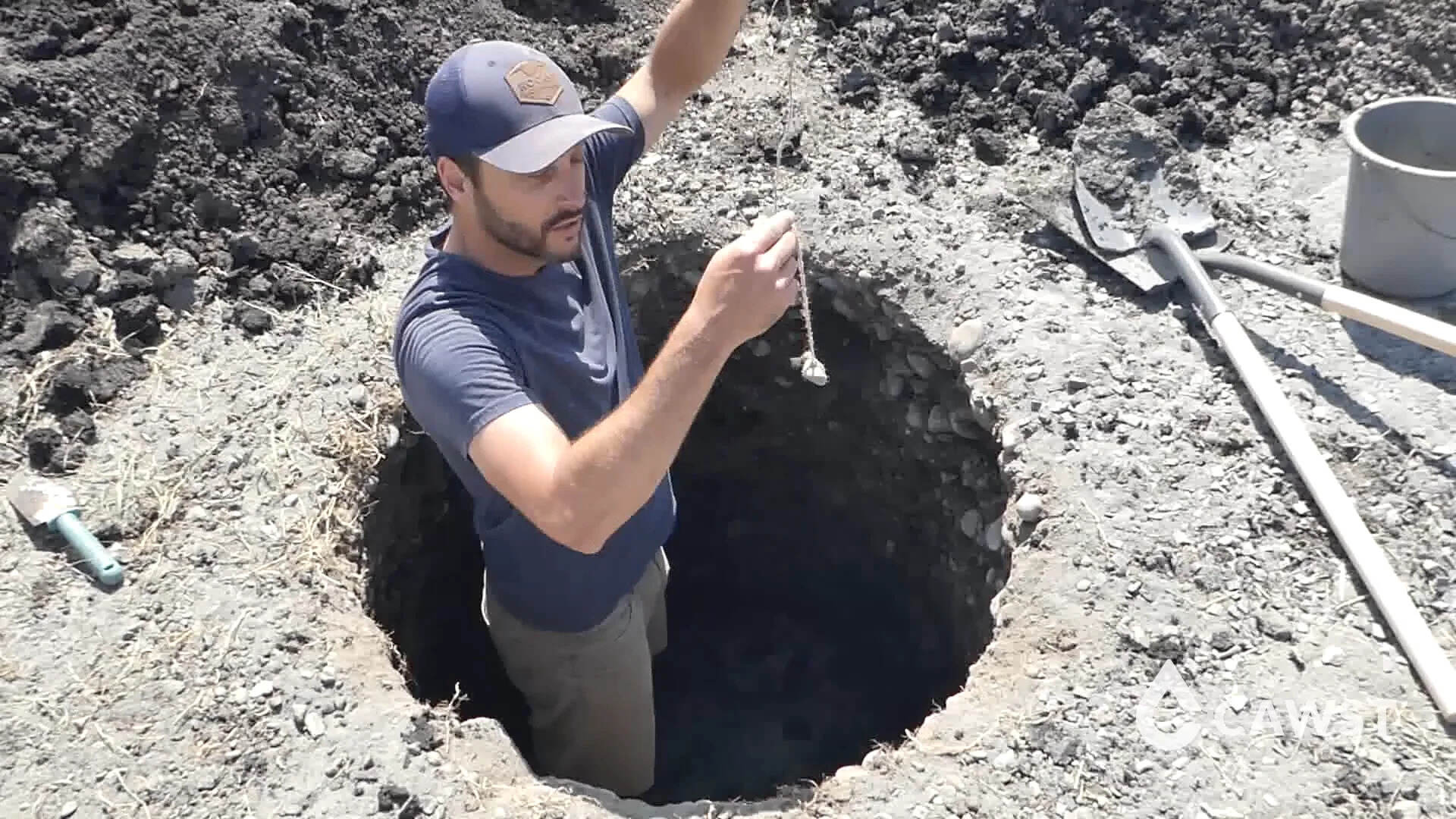
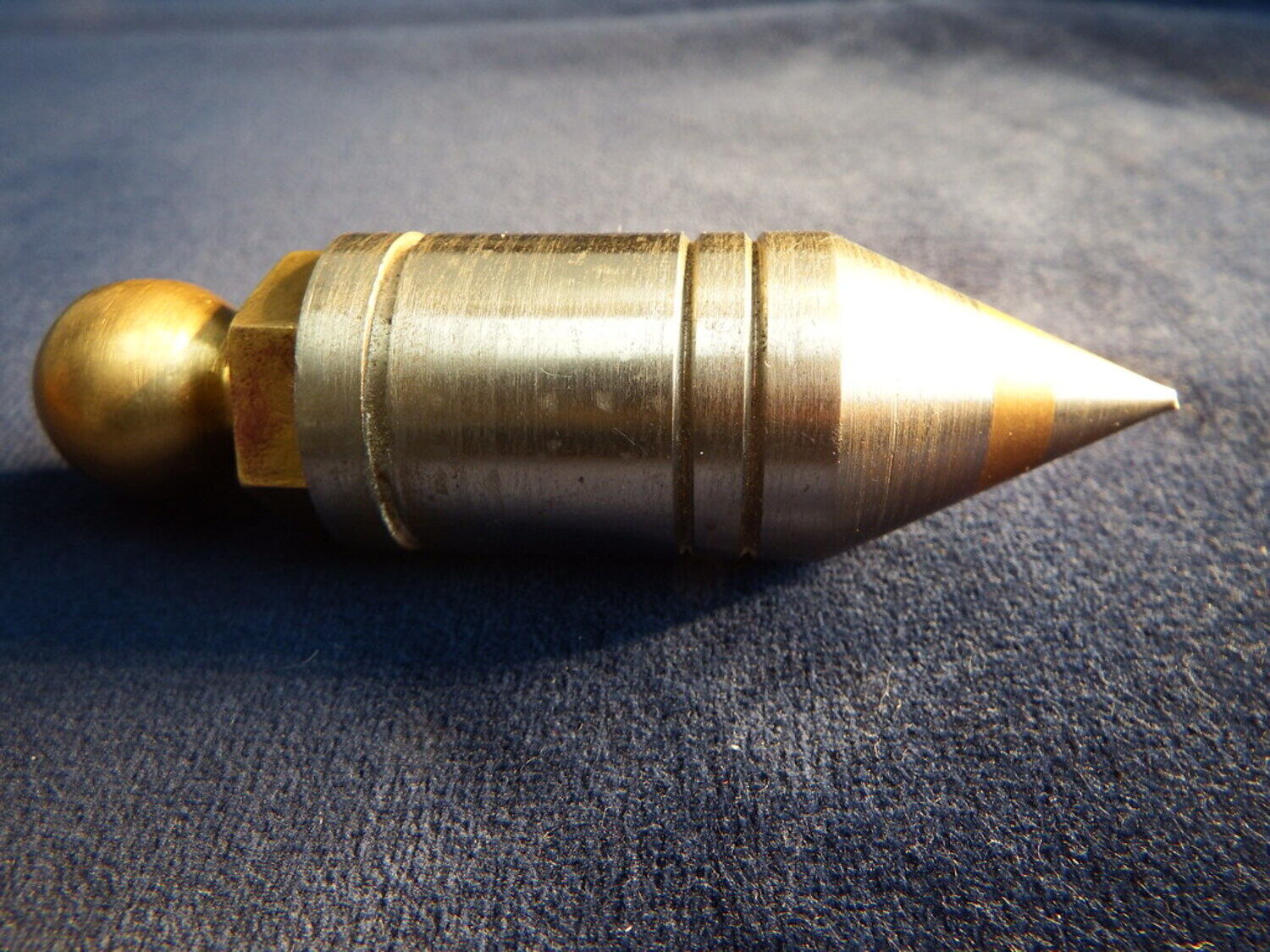
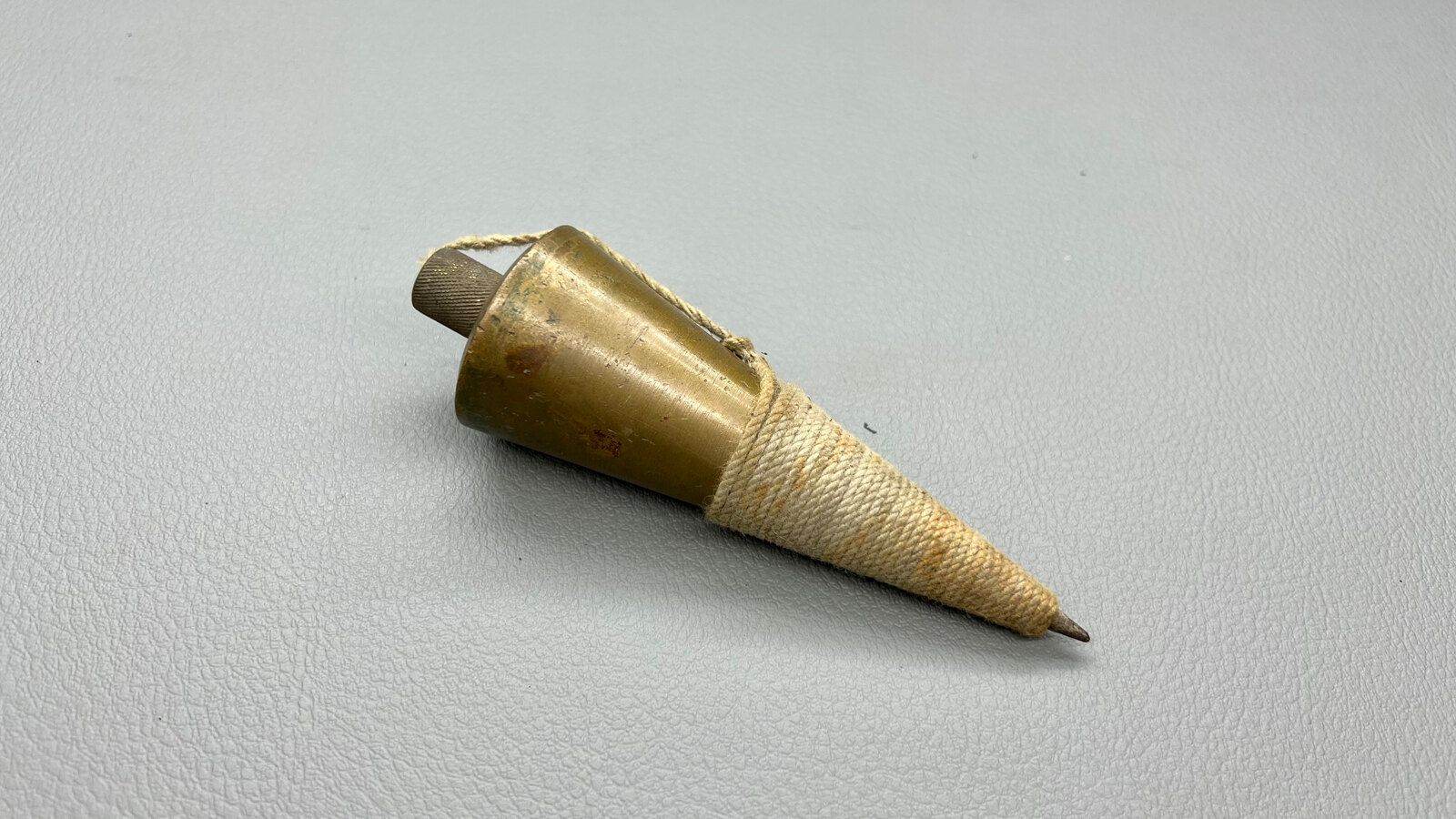
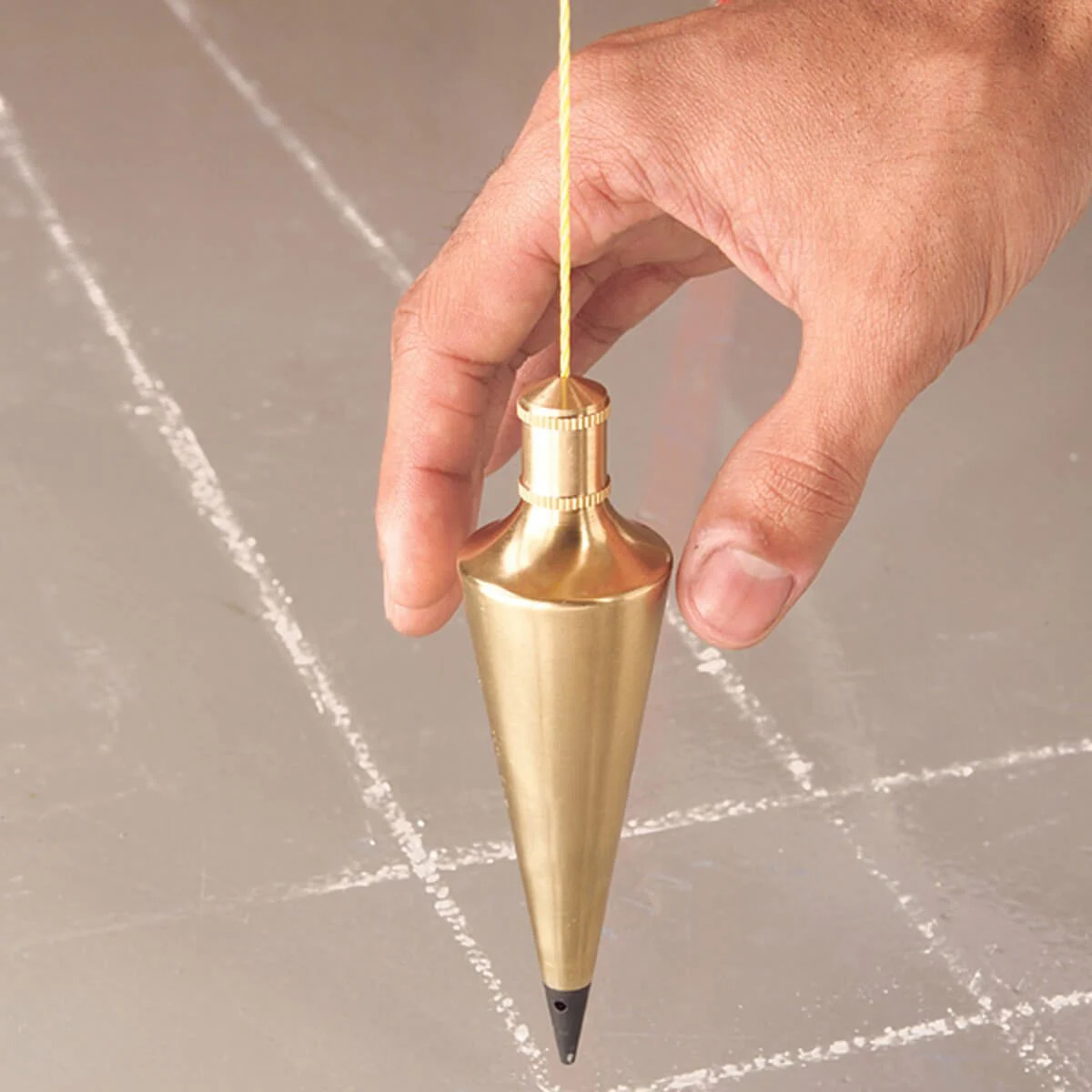
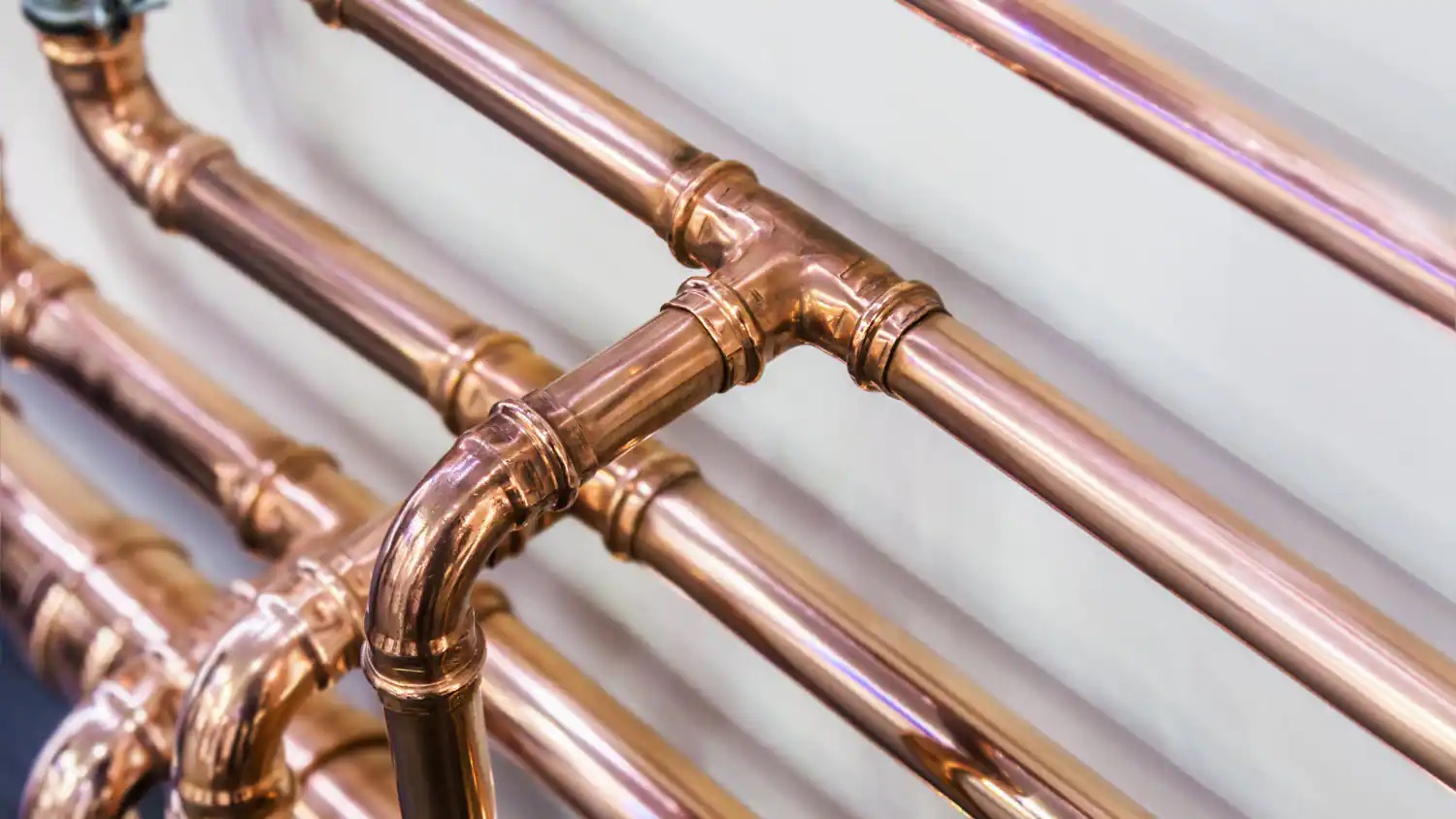
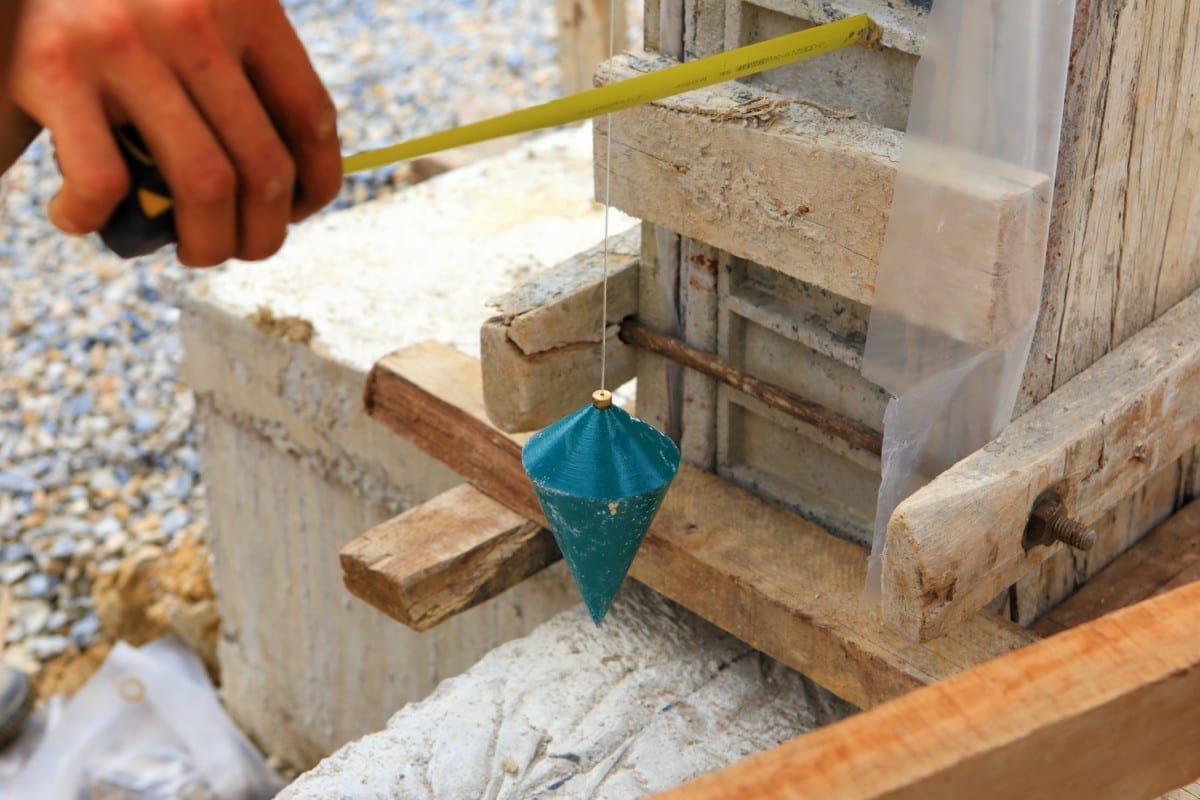

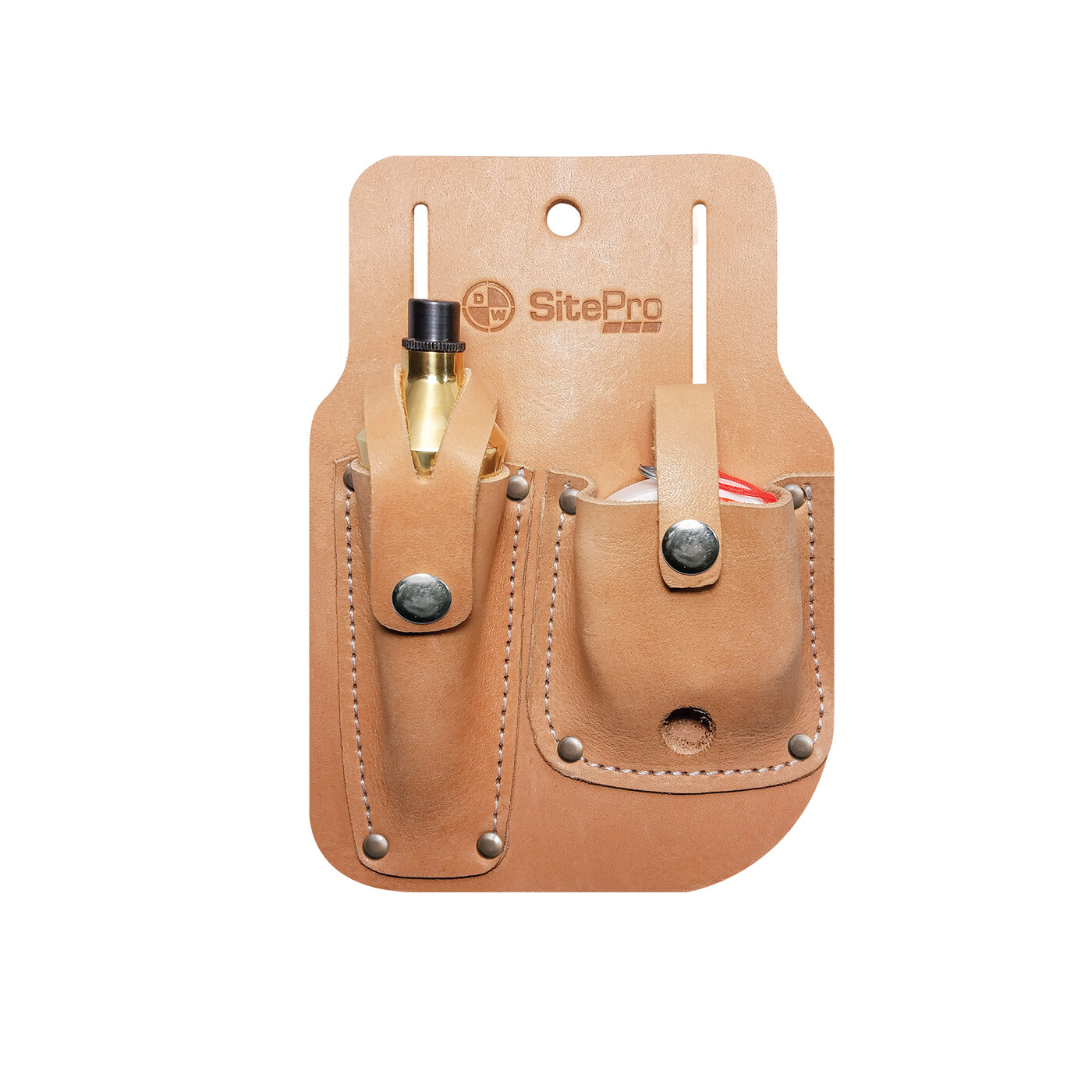
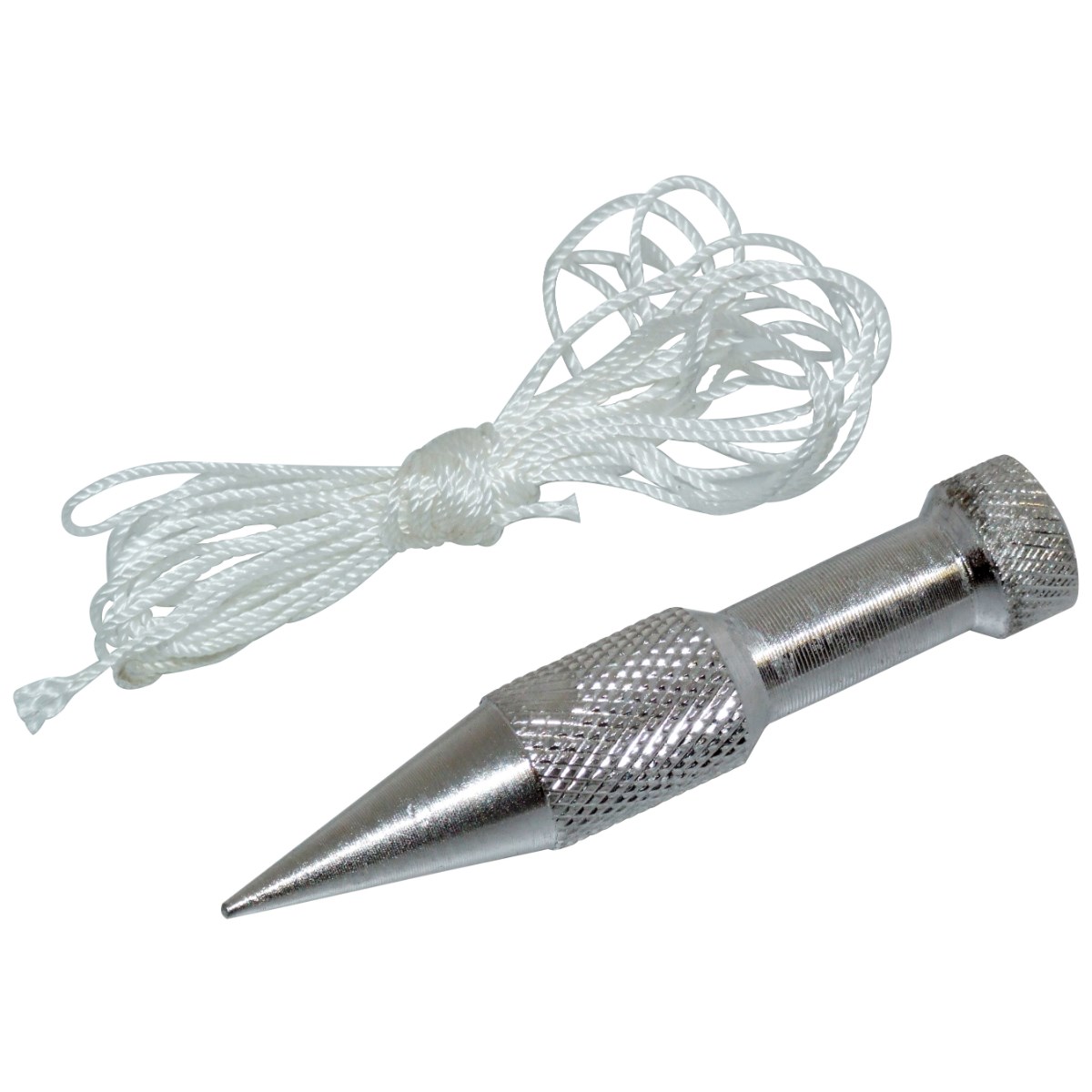
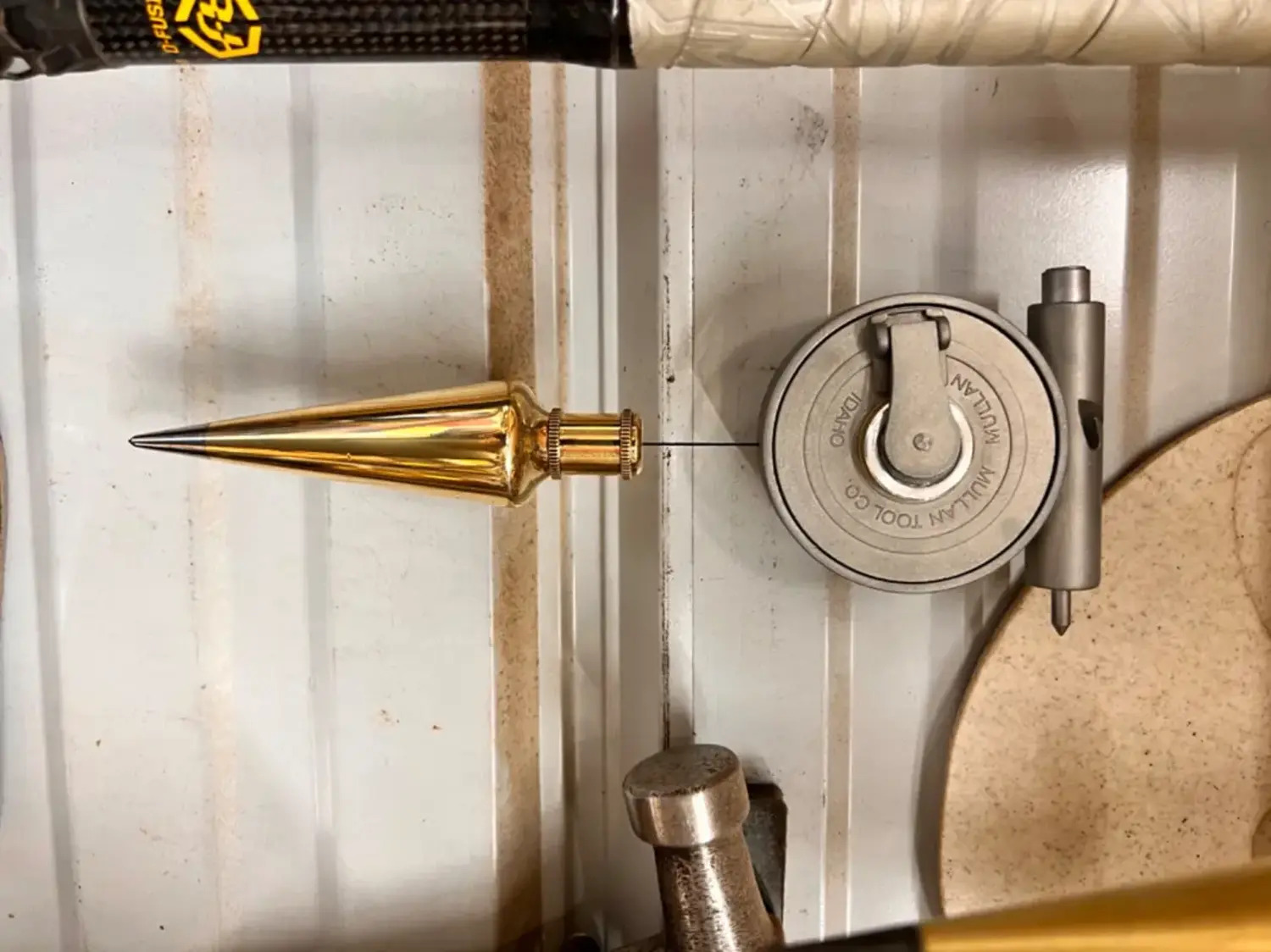
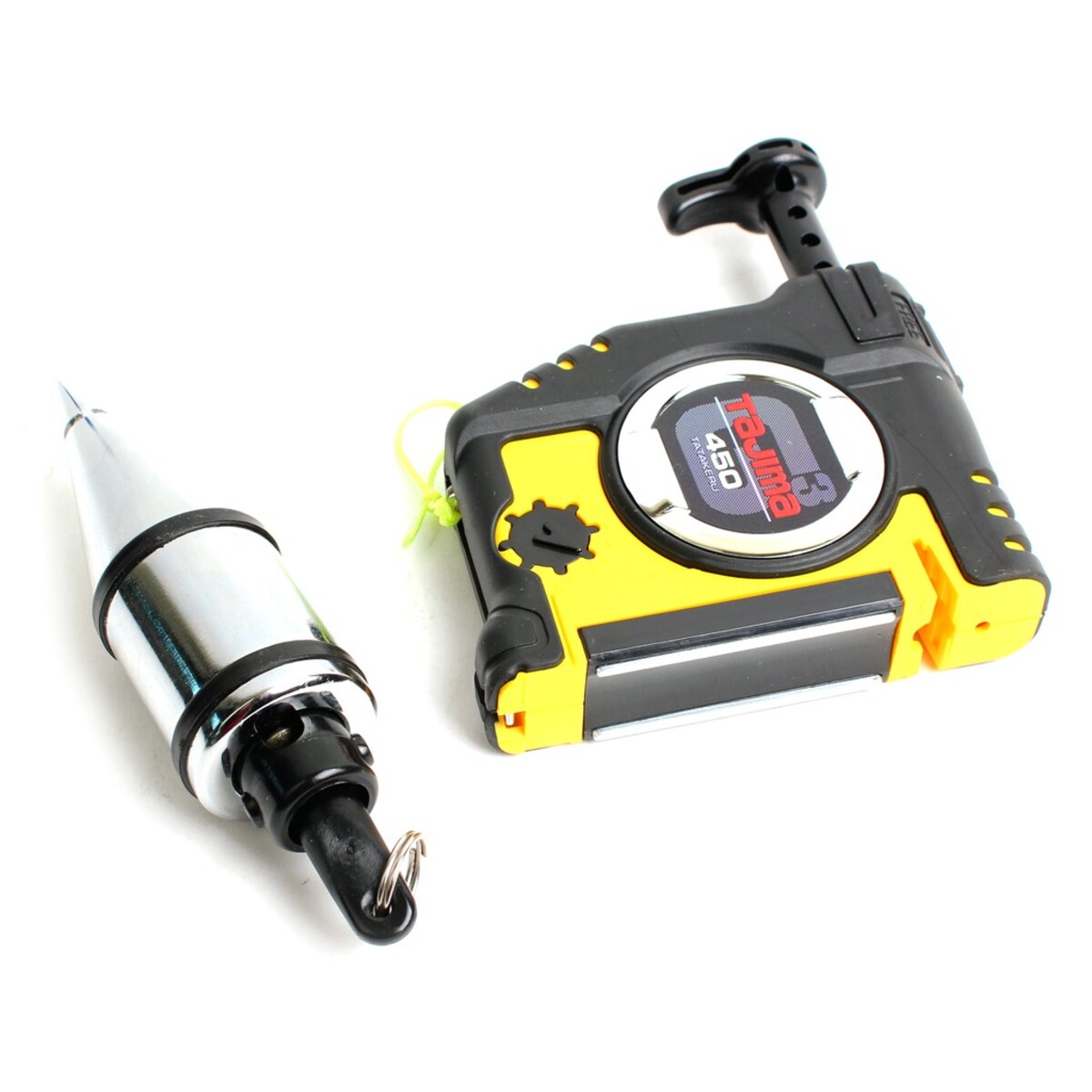

0 thoughts on “Why Use A Plumb Bob”